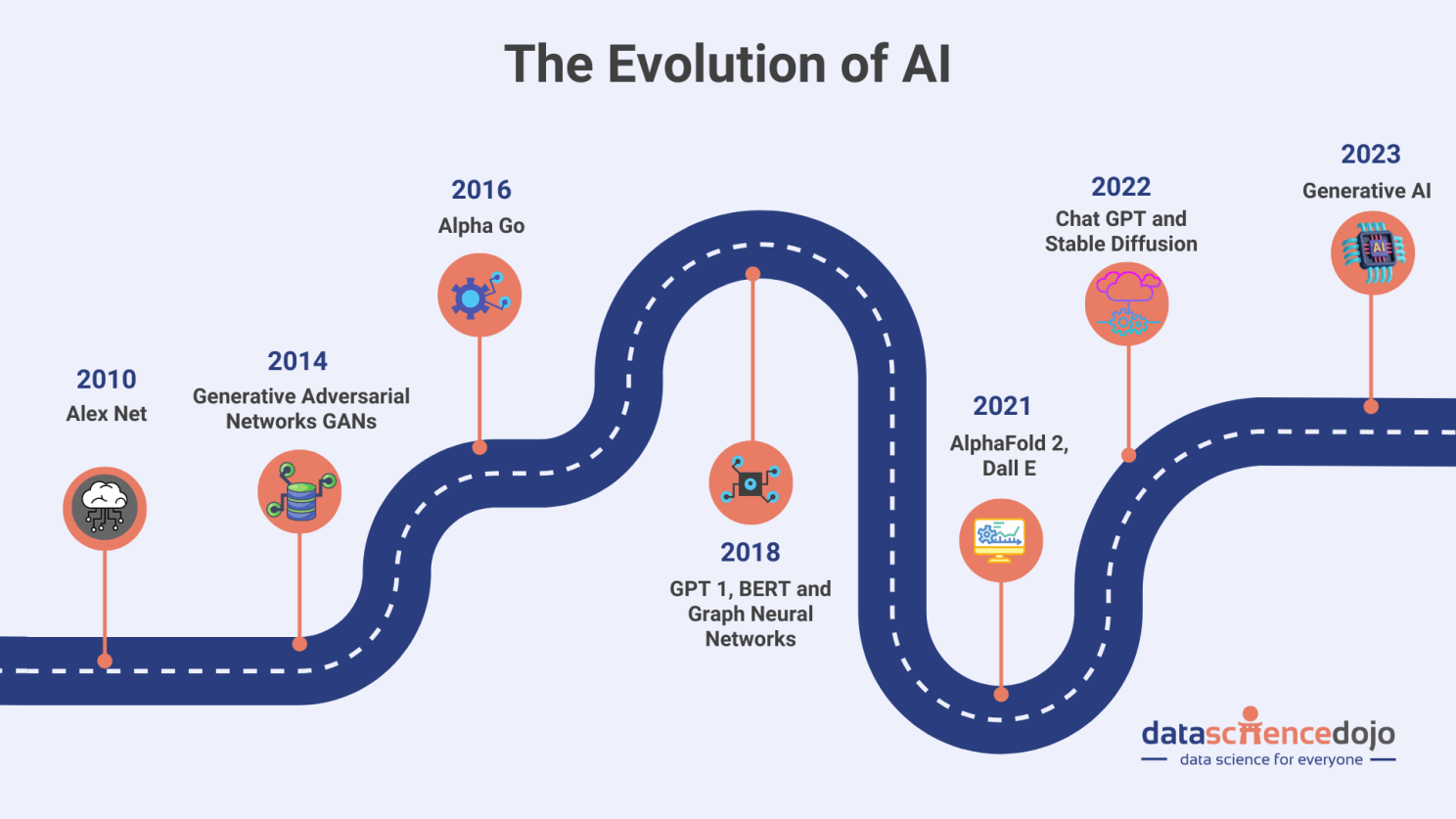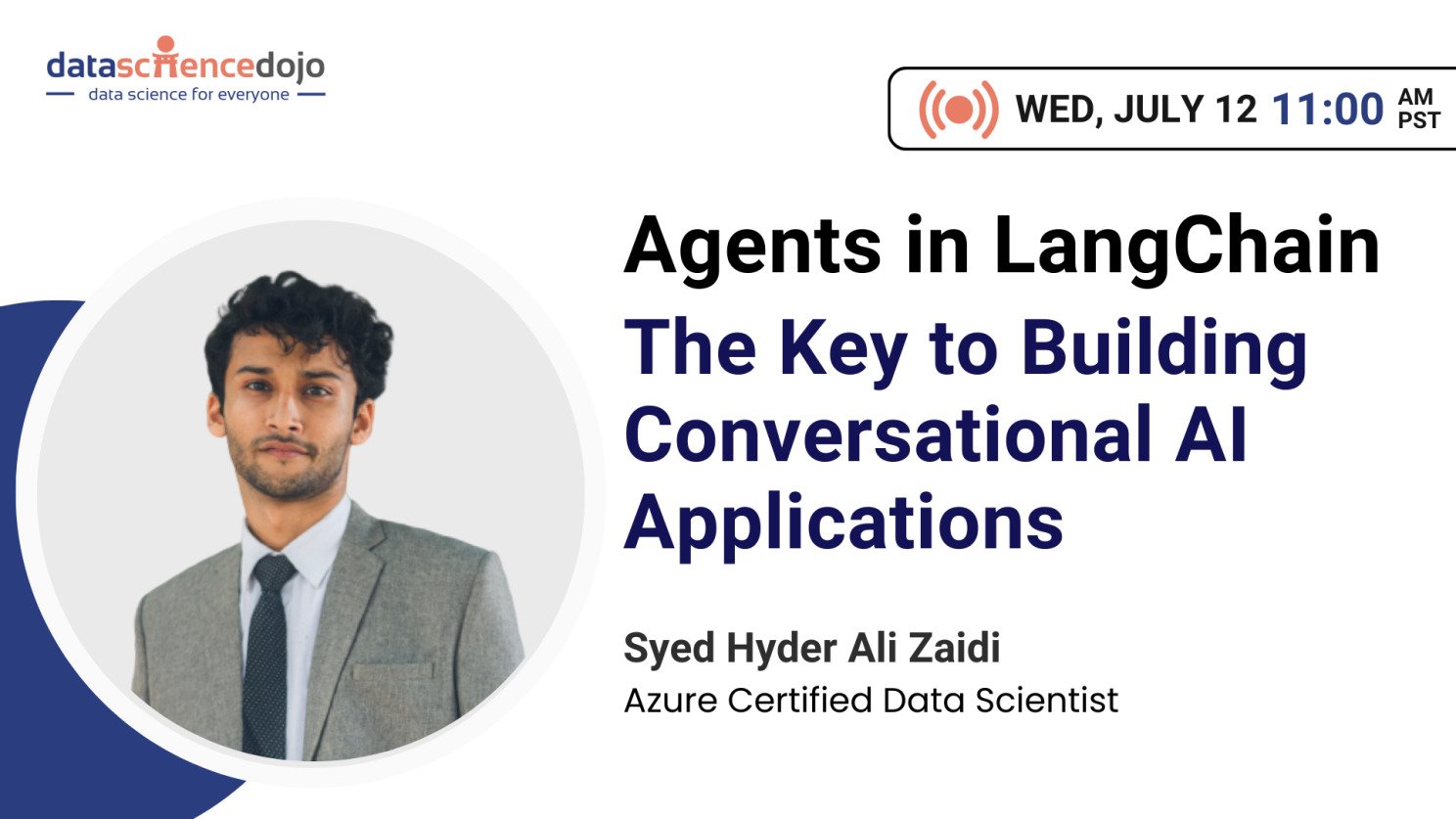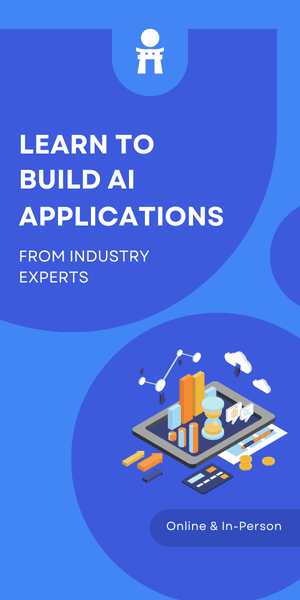Welcome to Data Science Dojo’s weekly newsletter, The Data-Driven Dispatch!
We know what you’re thinking: “How is this newsletter going to be any different from the countless others I’ve subscribed to?” Well, we’ve got some news for you.
Our newsletter is here to turn things around and deliver top-notch content in the exciting world of data science and generative AI. It offers various sections catered to your needs. From The Must Read section to Career Development Corner, every section is designed to keep you updated and empower you to advance in your profession.
So, fellow data enthusiasts, buckle up and get ready for an exhilarating journey through the realms of data science and artificial intelligence. We’re thrilled to have you onboard!
This week, we’re exploring a remarkable leap in the evolution of AI. No, we’re not discussing the ability to communicate with dolphins using bubblegum language (yet!) but rather delving into the captivating domain of generative AI. It’s an exciting world where machines can create art, compose music, and even write stories that captivate our imagination. Let’s dive in and unlock the limitless possibilities of generative AI!

The Evolution of AI and The Rise of Generative AI
It is a shocker to see how generative AI has become so advanced that it can do poetry and paint landscapes. But was it like this since always?
Let’s start with this article which gives a very comprehensive explanation of the evolution of AI throughout the years. This article takes you on a journey through the significant advancements in AI that have shaped our present reality from 2012 until now.
Over time, AI has experienced significant transformations and advancements across various domains. In the early days, rule-based systems laid the foundation for AI, using predefined instructions to solve specific problems.
Interestingly, engineers soon worked on a new method that was revolutionary. The evolution of AI witnessed a paradigm shift with the emergence of machine learning algorithms. This led to breakthroughs in areas like computer vision, where convolutional neural networks (CNNs) gained prominence, enabling accurate image recognition and object detection.

Additionally, the development of transformer architectures, exemplified by the introduction of GPT (Generative Pretrained Transformer) models, revolutionized natural language processing. Transformers introduced self-attention mechanisms that enabled more efficient processing of long-range dependencies, leading to significant improvements in machine translation, language modeling, and question-answering.
From modest beginnings to a household name, these trailblazing advancements collectively propelled AI to transform industries and open up new opportunities for exploration and innovation. After all, the sky is the limit.
If you want to share your opinions and knowledge about AI, write to us.
Best Generative AI Tools
With each passing day, a new AI tool outshines the previous one, propelling the constant advancement of artificial intelligence. If you sense a gap between your current progress and the remarkable efficiency offered by AI tools, we’ve got you covered! Here is a meticulously curated list of AI tools that can significantly enhance your productivity and streamline your workflow:
For more valuable cheat sheets and infographics, follow us on Instagram.

Considering the vast amount of information shared, we understand it can be overwhelming. So, to inject some humor into the conversation, here’s a light-hearted meme for your enjoyment! 😄


Generative AI: Trends, Ethics, and Societal Trends
Let’s move on to the most important question of how the Generative AI revolution can influence us, and is the impact is only good.
Explore this conversation with professionals in the field of AI whereby they talk about the implications of generative AI in various fields, including education, healthcare, and energy. The conversation touches upon topics such as:
- The potential misuse of AI Models in decision-making processes
- Need for ethical considerations and global debates
- The role of educators in adapting to and utilizing generative AI tools
- How generative AI can improve medical imaging, personalize treatments, accelerate drug discovery, and optimize energy operations
- The role of government regulations, with a focus on preventing monopolies rather than heavy regulations
Want to know the most exciting bit of this discussion?
The discussion goes on to the impact of generative AI in education. The speakers highlight the potential for personalized learning experiences, where AI algorithms can adapt educational content to individual student’s needs and learning styles. This could revolutionize traditional classroom settings and enable students to receive tailored instruction, ultimately enhancing their learning outcomes.
If you want to learn about AI through videos, follow our YouTube channel

If all this information has piqued your curiosity about Generative AI and you’re fortunate enough to be considering a career in it, we recommend you go through this article about the 7 best Generative AI courses offered online.
We’d also recommend you attend this live session happening on July 12th.
What will you learn?
- The innovative tools offered by LangChain
- Delve into the capabilities of OpenAI’s LLMs
- The process of building and loading a chatbot agent using the OpenAI API
Grab on to this learning opportunity and RSVP Now!






